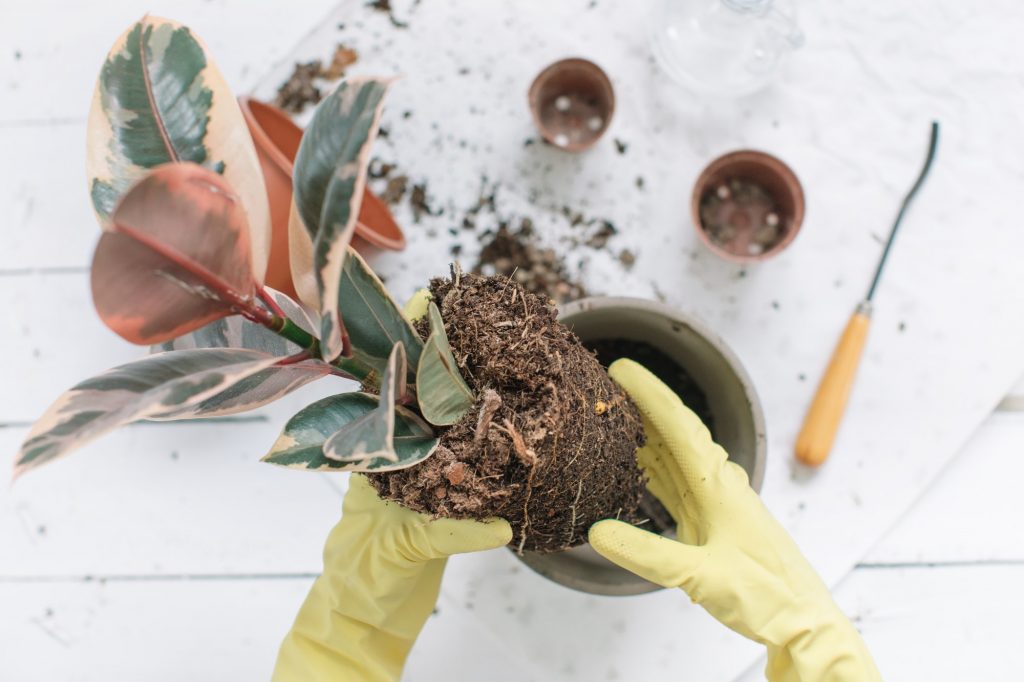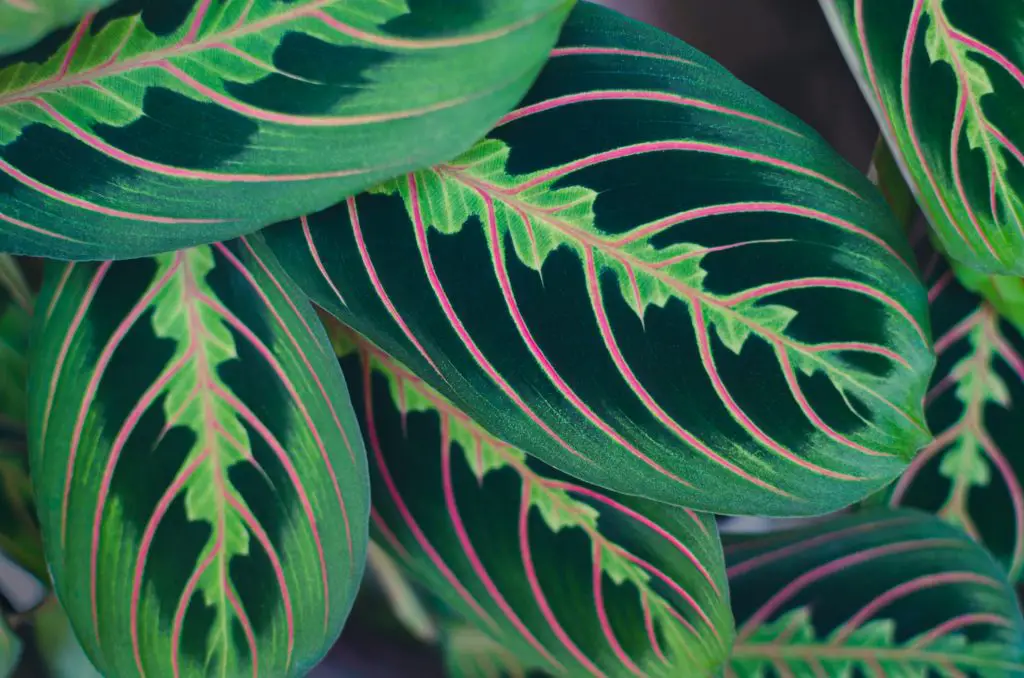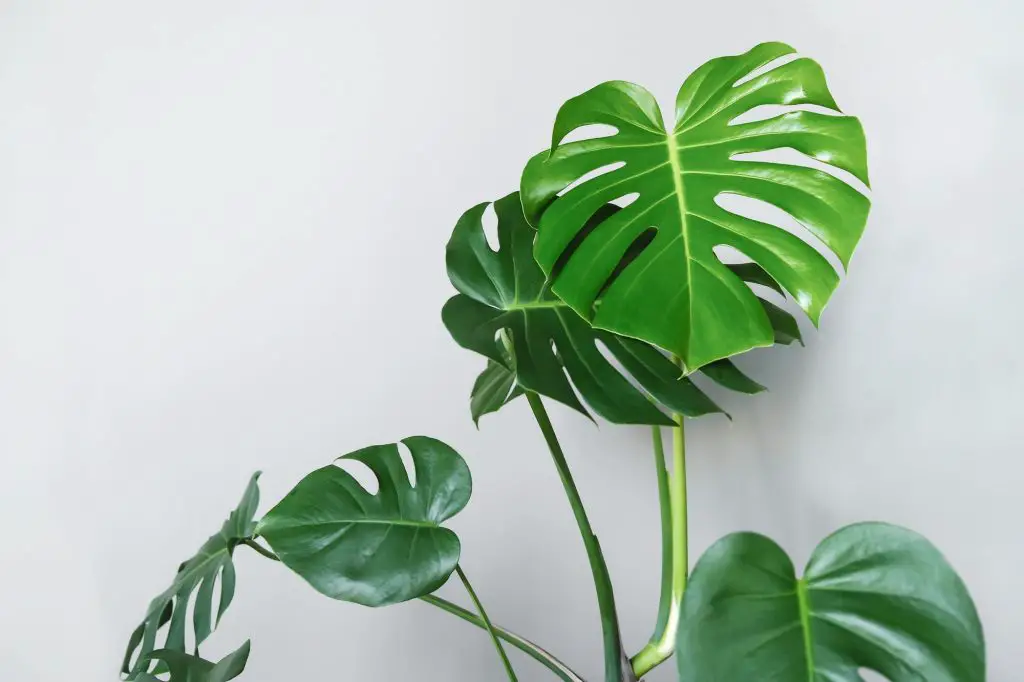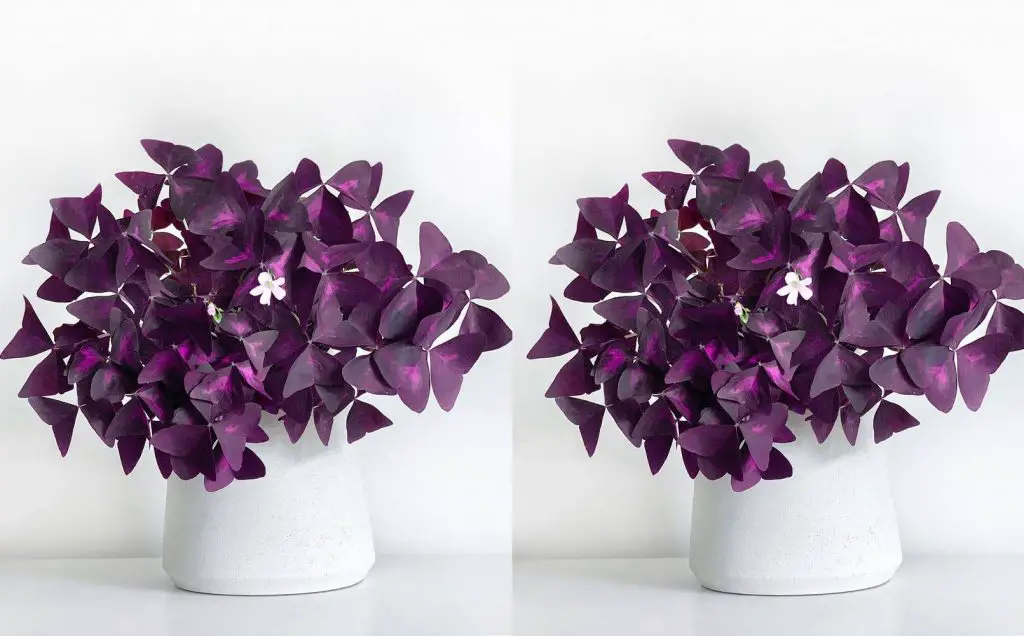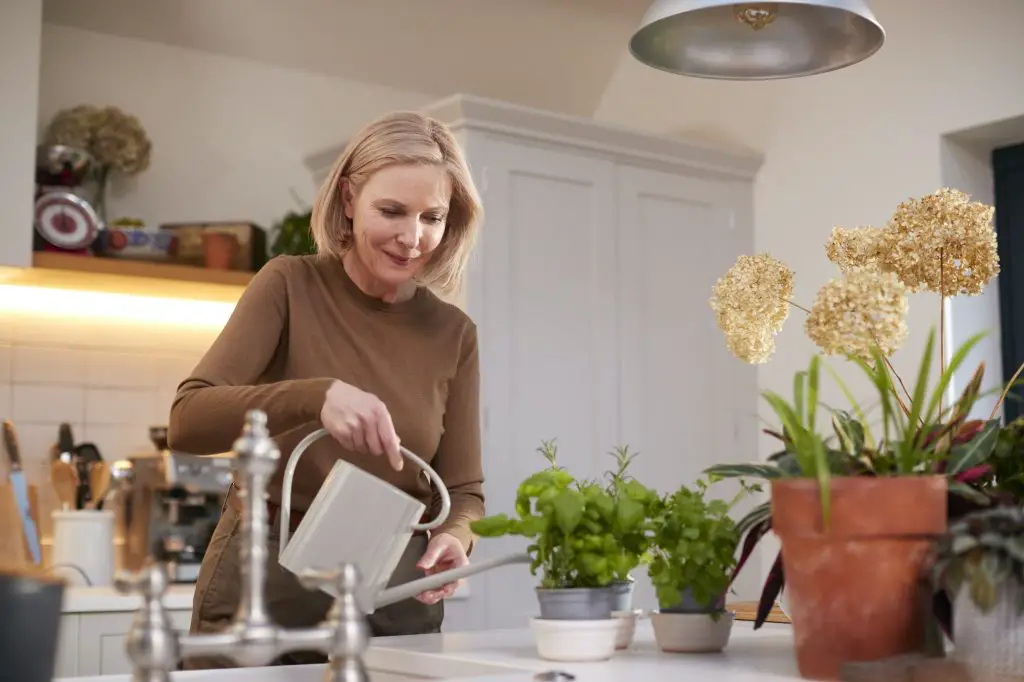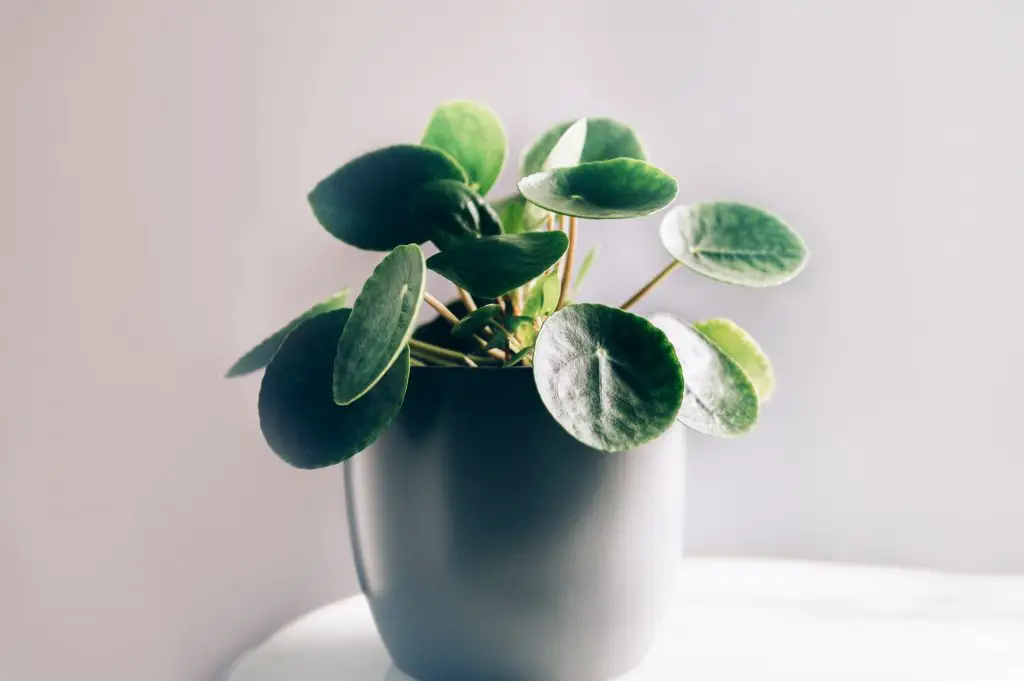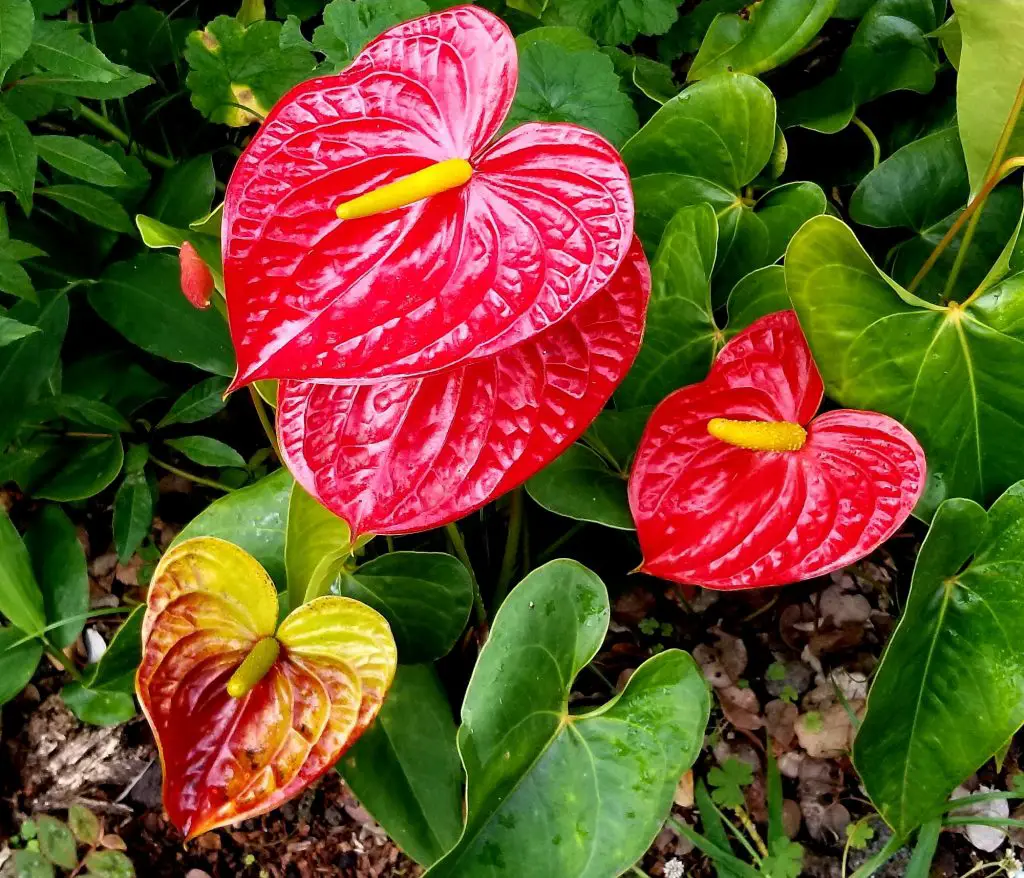Every plant lover knows that there is no end to the amount of plant you want in your home, the more you acquire them, the more you want to get others! We are aware that one area you find tasking is deciding which plant comes home next.
We thought to make it easier for you; hence we are introducing one of our favorite colorful indoor plants– The variegated Rubber Plant.
Its name sounds artificial yet it’s a living plant that has many related features to the related to the other houseplants we’ve featured here on UnAssaggio.com.
Table of Contents
Variegated Rubber Plant Background
| Common name | Variegated rubber plant. |
| Botanical name | Ficus elastica Tineke. |
| Plant type | Perennial. |
| Origin | South Asia, Southeast Asia. |
| Light | Bright, indirect light. |
| Soil type | Well-drained soil. |
| Soil pH | 5.5 to 7.0. |
| Toxicity | Toxic. |
The rubber plant has recently, become one of the home plants for many, it is otherwise known as Ficus Elastica Tineke or ruby rubber plant. The variegated rubber plant is from the family of the rubber tree, however, it is very different from the rubber tree and this is due to its unique colored leaves.
The rubber tree plant itself is known as Ficus Elastica, it comes in dark, large, green leaves, it is native of South American tropics and Brazil and if you ever wondered if there is a thing as natural latex, it is gotten from there.
For those who may be wondering what variegated means, it simply refers to differing in color and this is true about this species of rubber plant. It is quite different from the rubber tree in that it has bright, unique, beautiful colors. This beauty comes in red, green, cream, yellow and pink colors.
The variegated version of the rubber plant is native to South Asia and Southeast Asia. It got its name from its thick, rubbery, shiny leaves.
Variegation of plants can be attributed to two main factors.
The first is genetic; this means that a plant can differ in color based on the two parent plants. The second way is chimeric, this is when the plant changes color randomly without the force of external factors. However, the most common way variegation takes place is via the generic.
This variegated plant comes in different sizes, some are usually small, enough for a side table, and however, some can get very tall. This particular plant is becoming very known and adored by many. It is said to be one of the most photographed plants of the year.
The major challenge that comes with the variegated rubber plant is that, as similar to many other variegated plants, they are usually not the easiest to grow and care for. We believe that this beauty is worth every stress and we thought to help you with every information you need with growing and caring for the variegated rubber plant.
[Quick Tips]
The variegated rubber plant is very sensitive to water; you might need to create a schedule to give it water. You should be sure it requires water before wetting it. When the topsoil is dry, it is an indication that your plant requires water.
Variegated Rubber Plant Requirements
Here are some of the necessary requirements to propagate the variegated rubber plant.
1. Light
Knowing the right light that your plant requires will help you decide where to place your plant. The variegated rubber plant enjoys well-lit spots, this means that your plant requires bright, indirect light to grow and stay beautiful. Our lovely plant is quite sensitive hence an exposure to direct light will cause burns for it.
Also, be sure that you are not placing the plant in the shade, unavailability of light for the variegated plant with cause it to lose the potency of its colors.
The best way to make sure your light gets the amount of light is need is to place it in a sunny spot, preferably a window, and make use of a curtain to block the light, this way your plant can receive bright, protected light.
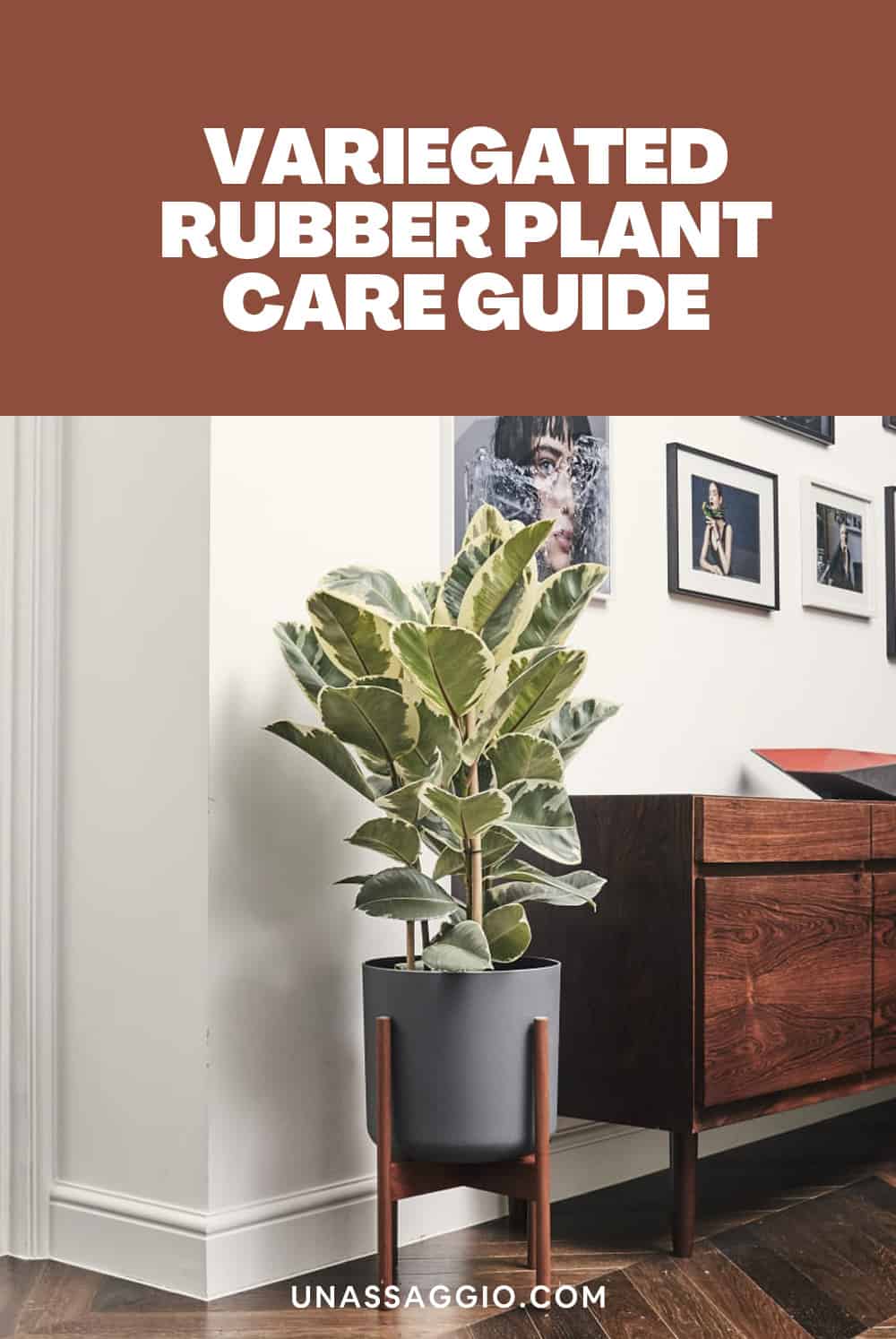
2. Water
Watering variegated rubber plants can b a little demanding; it requires all of your attention! Because the variegated rubber plant is sensitive to water, you must be sure the plant is ready for watering before you water it. Always check that the top of your plant is dry ( 1- 2 inches) before you give it more water.
One of the ways to ensure that your rubber plant does not suffer from soggy soil is to make sure it is planted in a pot that has drainage holes.
When watering, you must water your plant thoroughly, until it comes out from the bottom, also you must ensure that you do not water the leaves too much and that the plant isn’t sitting in soggy soil.
How much you water your plant is also dependent on what season you are in. you can water your plant once a week during the summer, however, it is important to water it less in the winter. I.e. once in 2 weeks.
3. Soil
The best type of soil to grow your variegated rubber plant in is well-drained soil with a pH of about 5.5 to 7.0. The rubber plant can do well in a wide range of potting soil however you can have a mix of potting soil, peat, perlite, and pine bark. The most important thing is that the soil needs to be well-drained.
4. Humidity
You need humidity in your home, for your rubber plant to grow well. This means that you need to create a humid environment for your plant. If your home is not humid enough for your plant, you may be required to look for alternatives to make your home pleasant for your plant. You can choose to mist your plant often or purchase a humidifier to keep the plant healthy.
5. Temperature
For best care, you should place your plant in the range of 60 to 70 degrees F, however, make sure your plant is not placed in the cold or anywhere near an AC vent or other heat. In winter, they can live in temperatures as low as 50 degrees F. They must be placed at a balanced temperature.
6. Fertilizer
Good news! The variegated rubber plants do not require feeding to grow. In most cases, people who feed this plant tend to overfeed them and this leads to more harm than good. For safety, it is best to not feed them at all.
Propagating Variegated Rubber Plant
The variegated rubber plant can be propagated in two ways. Stem cutting and air layering, however, the most known and practiced way of propagating the variegated rubber plant is via stem cutting.
Stem Cutting
Start with getting a healthy plant, and then get some good cutting from it. The cutting should be about 6 inches long and must have at least 2 to 3 leaves. Clean the sap that comes out from the bottom of your cutting and cut off the bottom leaves.
You can choose to dip the cutting in rooting hormone or not, either way, your plant will grow well. Gently place the tree cutting in moist, well-drained soil; you can also mix some perlite with the soil. After this, cover the plant with a clear plastic bag; however, make sure the bag doesn’t touch the plant.
Place the cutting in a warm place with indirect light, your plant should develop roots in no time, you can then remove the covering.
How To Care For Your Variegated Rubber Plant
After everything, this is where it all comes down to, here’s your quick variegated rubber plant care guide.
- A lot of people make mistakes in watering the variegated rubber plant, hence then need to talk more about water. Bearing in mind that the rubber plant is quite sensitive to water, it is worthy of note that the plant also requires more water during the growing season.
- Rubber plants are susceptible to common houseplant pests i.e. mealy bugs, scales, mites, aphids, etc. if you do find these pests early on in your plant, you can get rid of them by wiping your plant with mild soap and water solution or an insecticide soap.
- Variegated loves attention, hence it is pertinent that you constantly give it the attention it requires. And this is done by making sure its basic needs are met.
- Rubber plants may also fall victim to diseases that are related to overwatering, or under-watering.
- Repotting your plant gives it more room to grow. You may be required to re-pot your plant every year or once in few years. This is dependent on your pot size.
- Rubber plants can grow big. Pruning helps keep it in shape and in the size that you desire.
Conclusion
A variegated rubber plant can become easy for you if you give it the attention it requires and also grow it with its basic needs. Be informed that this plant can be toxic; you might want to place them far from your pets and children.

